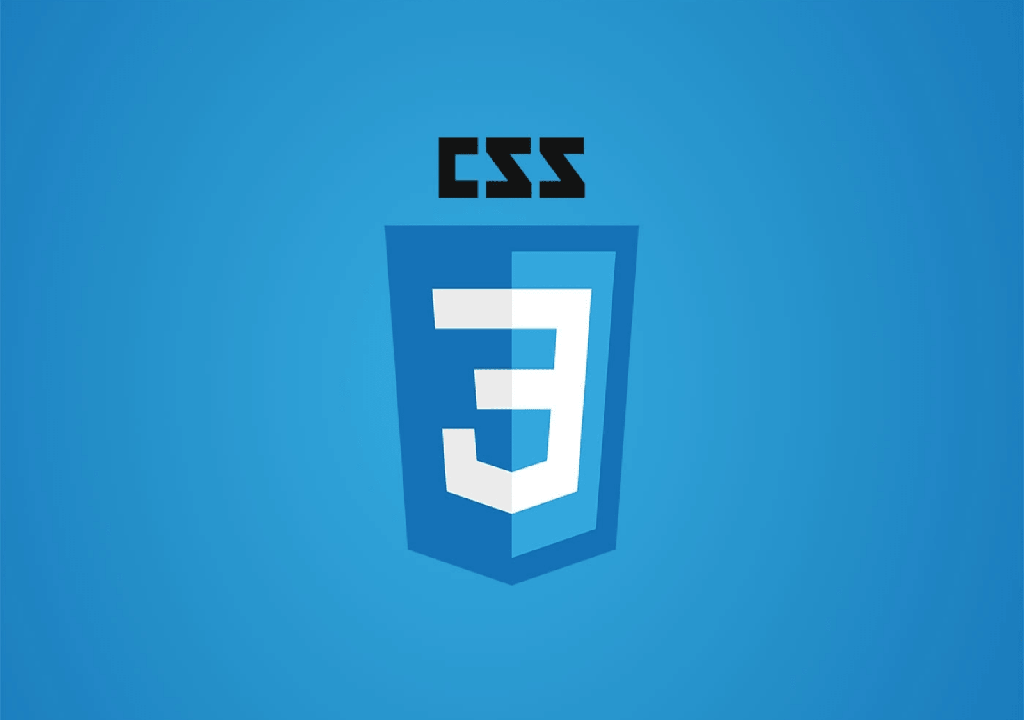
Cascading StyleSheet (CSS3)
The CSS (Cascading Style Sheets) course offered by The Geek Institute of Cyber Security is a comprehensive and professionally structured program designed to teach students how to style and visually enhance web pages with precision and creativity. Starting from the basics of syntax and implementation, learners are introduced to various selector types, the box model, text formatting, backgrounds, and borders. Whether students are absolute beginners or looking to sharpen their frontend design skills, this course lays a strong foundation by covering all essential concepts in a structured, step-by-step format.
As students progress, they dive into advanced layout techniques such as Flexbox and CSS Grid, which allow for the creation of responsive and dynamic user interfaces. The course also covers modern design enhancements like transitions, animations, filters, and shadows, helping students bring interactivity and smooth user experiences to life. Special attention is given to responsive design using media queries and container queries, ensuring students can build mobile-first websites that work across all devices.
By the end of the course, learners will have mastered the art of creating clean, maintainable, and professional-grade website layouts. They will complete real-world design projects such as navigation menus, cards, responsive forms, and full web pages. Additionally, they will gain an understanding of industry practices like BEM naming, performance optimization, and cross-browser compatibility. This CSS course not only prepares students for frontend development roles but also provides a strong base for learning JavaScript and full-stack development.
Course Requirements
To ensure students gain the most from this CSS course, the following basic requirements and prerequisites are recommended:
- Students should be comfortable using a computer, browsing the internet, creating folders/files, and navigating the operating system (Windows/Linux/macOS). No advanced knowledge is needed.
- A foundational understanding of HTML (HyperText Markup Language) is highly recommended, as CSS is used primarily to style HTML elements. Students should know how to create basic web page structures using tags like <div>, <p>, <img>, <form>, etc.
- Students must install a code editor such as Visual Studio Code (VS Code), Sublime Text, or Atom, which are commonly used for writing CSS and HTML code.
- This course requires consistent practice and project implementation. Students must be motivated to experiment, debug, and apply the concepts learned to build real-world layouts and user interfaces.
01. Basic Computer Literacy :
02. Familiarity with HTML :
03. Code Editor Installation:
04. Motivation and Consistency :
Professional Experience and Skills Gained from CSS Course
Upon successful completion of the CSS course at The Geek Institute of Cyber Security, students will gain the following professional skills and practical experience that are essential for a career in web design and frontend development:
- Expertise in Styling and Layouts Students will be able to design modern, visually attractive, and fully responsive websites using advanced CSS techniques, including Flexbox, Grid, animations, and media queries.
- Real-World Project Development Learners will gain hands-on experience by building real-world components such as navigation bars, responsive forms, landing pages, card layouts, and complete website interfaces, mimicking professional frontend workflows.
- Proficiency with Industry Tools and Standards Students will work with tools like Chrome DevTools, VS Code, and CSS generators (e.g., Clippy), and follow best practices like BEM naming conventions and CSS architecture methods (e.g., OOCSS, SMACSS).
- Mobile-First and Responsive Design Implementation Learners will be able to create layouts that adapt seamlessly across different screen sizes and devices using media and container queries, viewport units, and scalable typography systems.
- Professional Readiness for Frontend Roles After completing this course, students will be equipped to apply for positions such as Frontend Developer, Web Designer, UI/UX Developer, or Junior Full Stack Developer, and will be prepared to integrate CSS with other technologies like JavaScript and React.